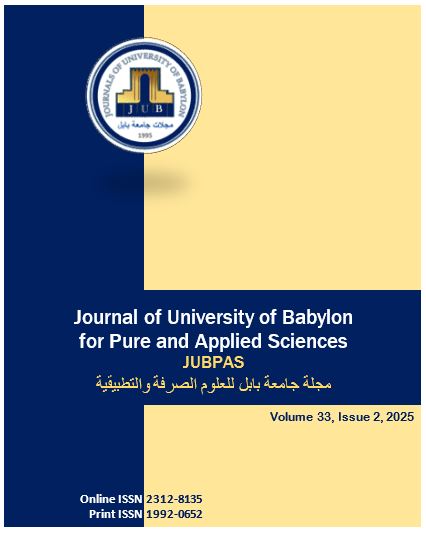Deep Learning-Based Approaches for Breast Cancer Detection and Diagnosis
Main Article Content
Abstract
Background:
Breast cancer is a disease that develops in breast tissue as a result of internal and external factors, such as genetic mutations, lifestyle, environmental exposure, and psychological and social factors. The overall incidence of breast cancer ranges from 5% to 10%, 20% to 30%, respectively.
Materials and Methods:
Breast masses, classified as malignant or benign, were identified using ultrasound images. Pre-processing included resizing images to 150x150 pixels, contrast normalization, data augmentation, and resampling to address class imbalance. A pre-trained EfficientNetB7 model was used for binary classification. The dataset was split into training (80%) and testing (20%). Model performance was validated using the "Multi Cancer Dataset" from Kaggle, which contains 2,191 images.
Results:
The model performed exceptionally well in distinguishing malignant and benign cases. For malignant cases, it achieved 0.98 accuracy, 0.99 sensitivity, and 0.99 F1-score. For benign cases, accuracy was 0.92, with sensitivity and F1-score of 0.87 and 0.89, respectively. The overall accuracy, sensitivity, and F1-score were 0.98. The ROC curve showed an AUC value above 0.9, indicating high sensitivity and a low false-positive rate. On external datasets, the model maintained an accuracy of 0.94.
Conclusion:
The results indicate that pre-trained deep convolutional neural networks can make significant progress in accurately detecting malignant cases while reducing false alarms, enhancing its clinical application and role in improving breast cancer diagnosis using AI techniques.
Article Details
Section

This work is licensed under a Creative Commons Attribution 4.0 International License.
